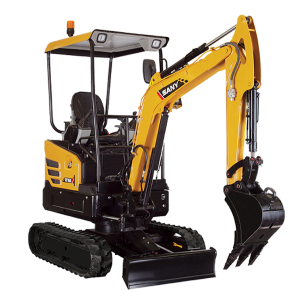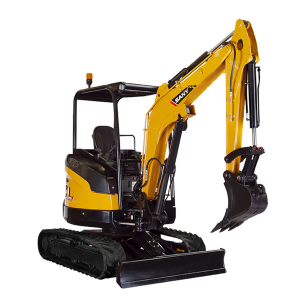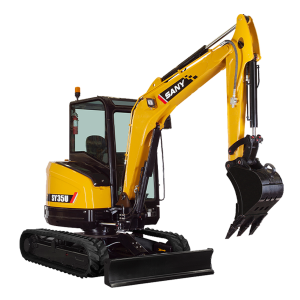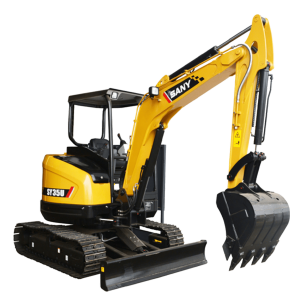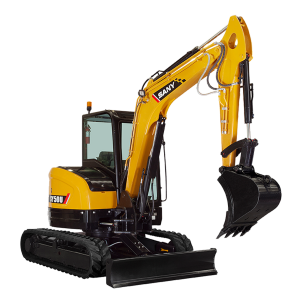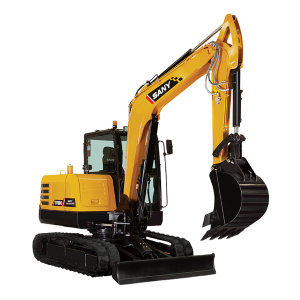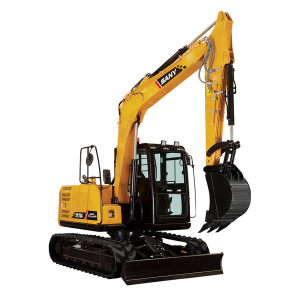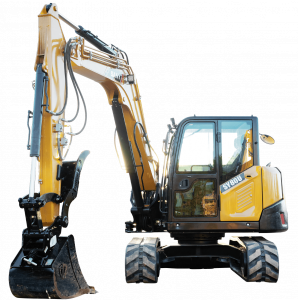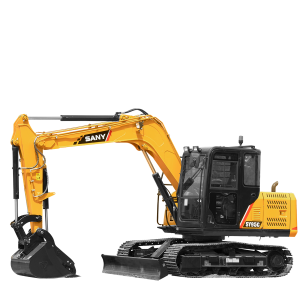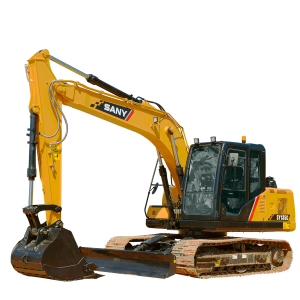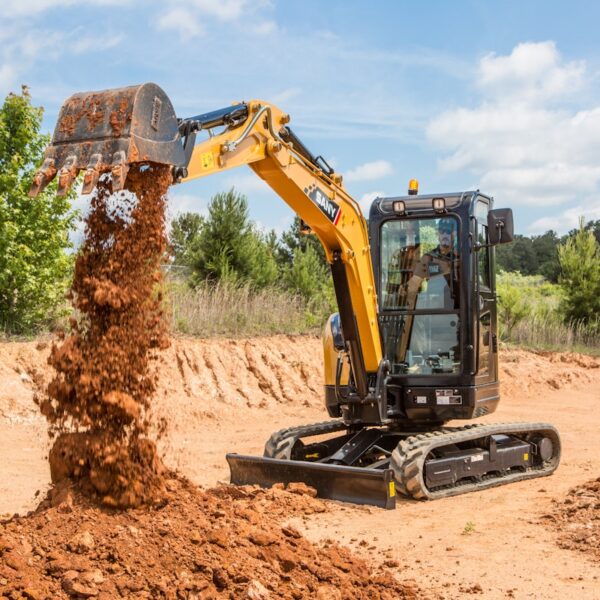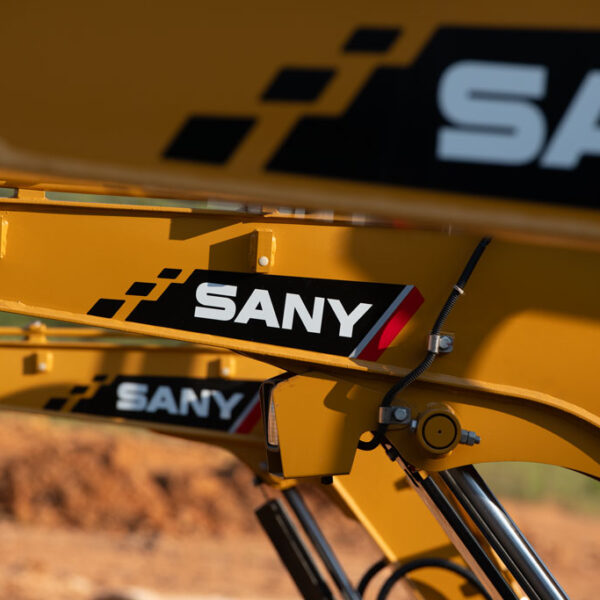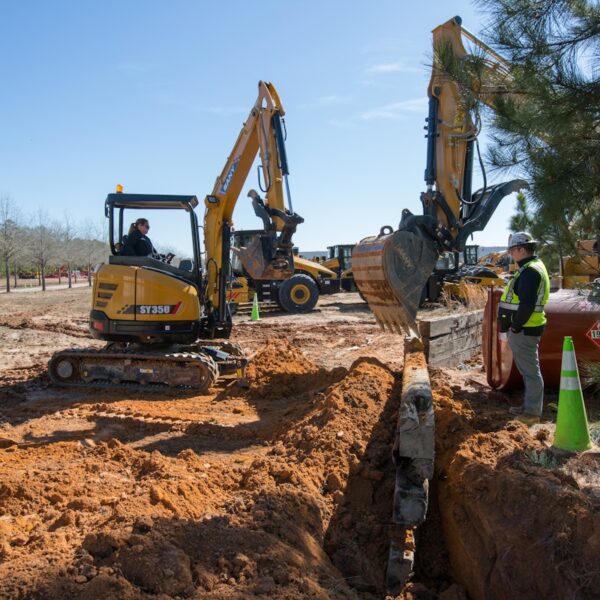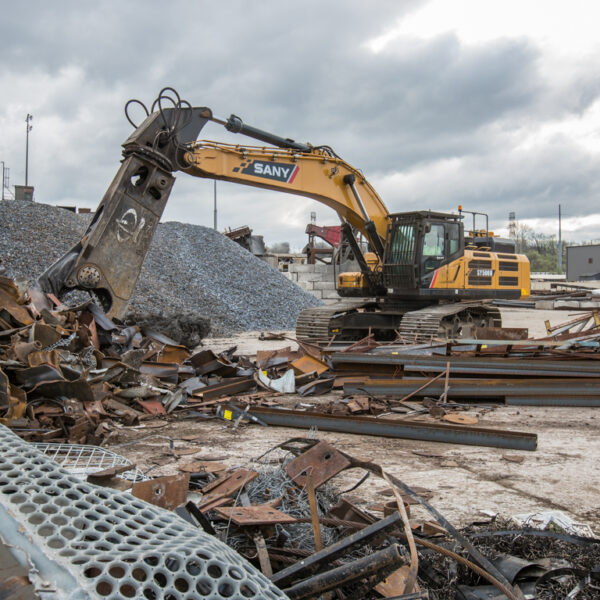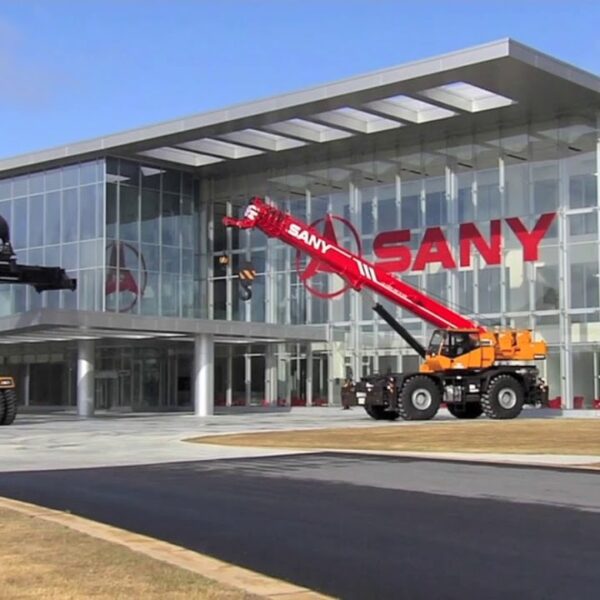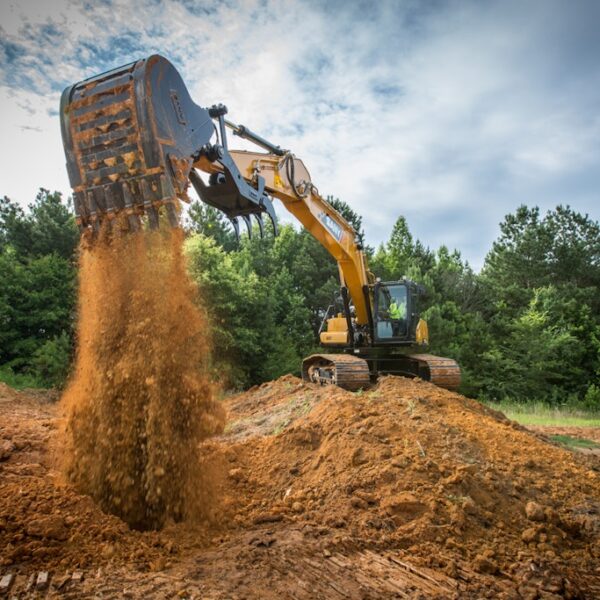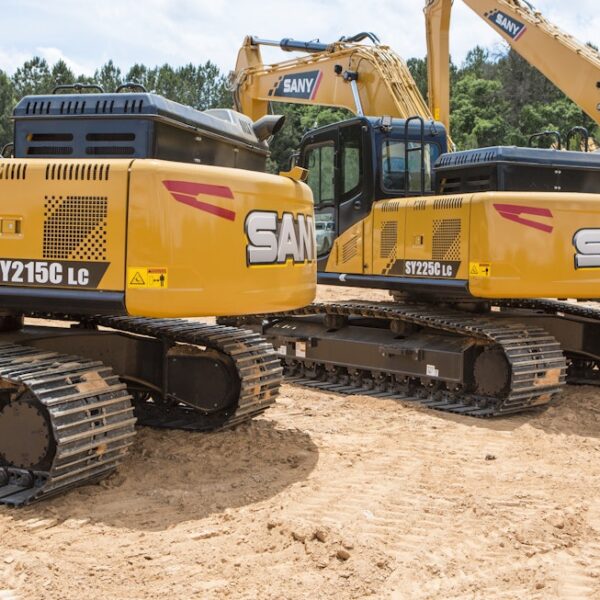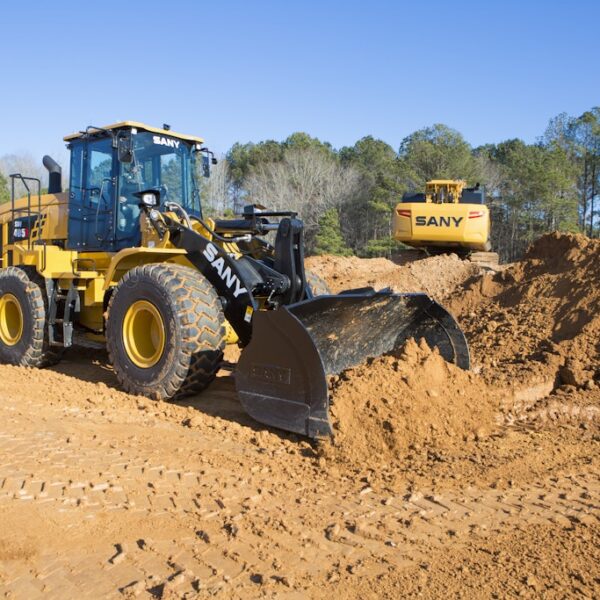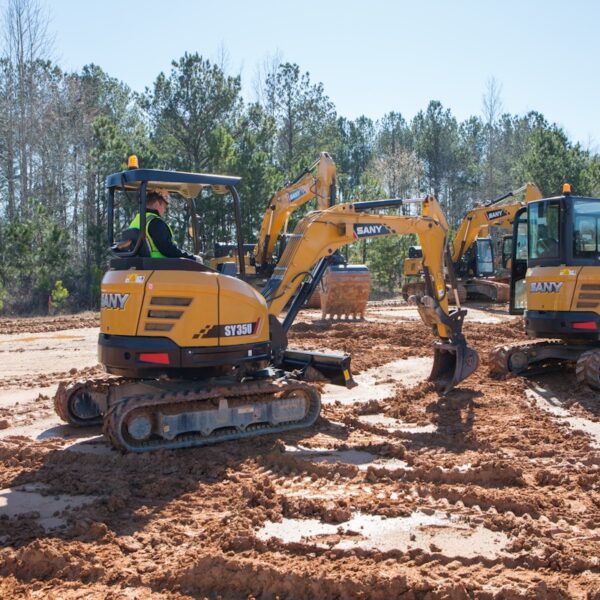As you probably know already, SANY machines come out of the box ready to tackle a variety of applications. But often, more specialized jobs require specific tools to complete them. And while your excavator might be better suited for moving softer earth, using it to break harder rock or asphalt might damage the machine itself, causing significant downtime and requiring expensive repairs.
That’s where attachments come in. Heavy equipment attachments allow machines to extend their potential beyond a narrower view of jobs, giving you the versatility that construction and other heavy jobs often require. It’s easier to bring an attachment for a machine rather than having to send for an entirely different one if you run into anything unexpected. You can also get more bang for your buck if you purchase one machine with multiple attachments rather than buying a single-use machine. There are a lot of attachments out there, so for the sake of brevity, we’re going to break down some of the more common ones, and what they’re used for.
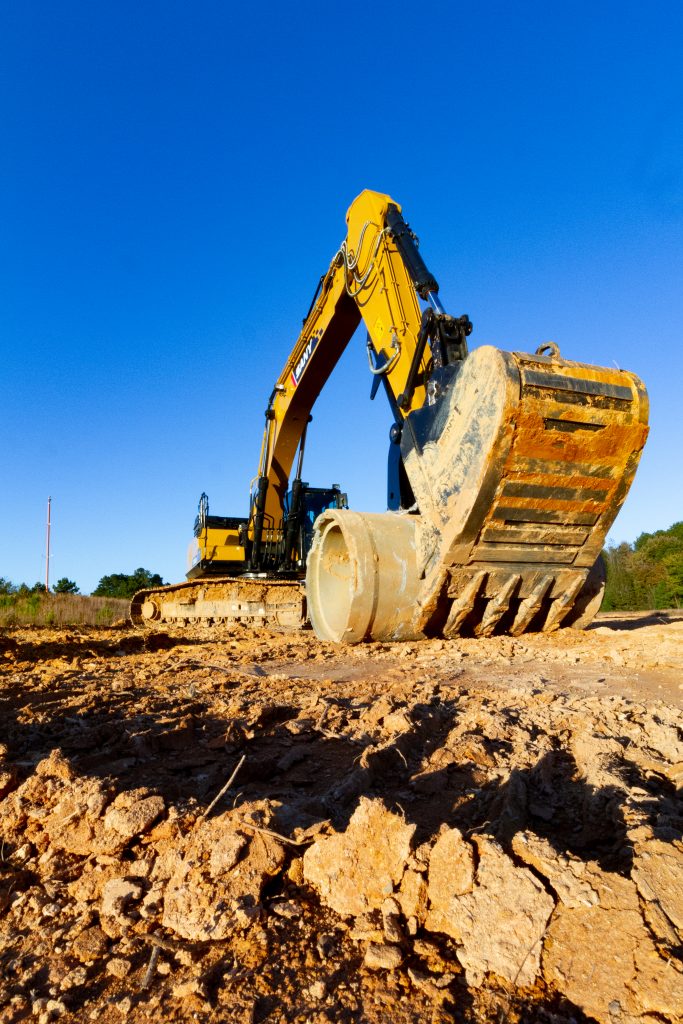
- Forks. These are the elongated blades that give forklifts their name. But you don’t have to limit yourself to forklifts to use the forks! Often used in a warehouse or industrial setting for lifting and moving, they can be attached to wheel loaders and tractors, among others.
- Hammers and Breakers. When a jackhammer isn’t big enough, you call these guys in. Hammers and breakers are called in when you have to break through harder surfaces like concrete or rock. They’re often used for roadwork, demolition and other heavy-duty jobs.
- Shears. Like the hammer and breaker, the shears’ function is also pretty self-explanatory. Since they’re typically used to cut through metal, their most frequent use is in recycling/waste processing and demolition.
- Buckets. They’re not just for excavators anymore! Buckets are a very popular attachment, and their versatility certainly helps that: They can be used with telescopic handlers, skid steer loaders and more. A commonly used variation is the grapple bucket, which includes movable ‘fingers’ that will enclose the material being moved, allowing for less spillage during movement.
-
Augers. This attachment may seem deceptively simple, but augers are a major labor-saver. Using a helical screw blade, an auger allows holes to be drilled into the ground while also removing earth from the hole. The attachments can vary based on jobs and specifications, like size and tooth.
As we’ve seen, attachments are extremely useful, but you need to do some homework first before you rent or purchase them. The most important thing is to make sure that your machine will be compatible with the brand or type of attachment you want to use. SANY machines, for example, often come with quick hydraulic couplers that allow them to hook up more easily. If you’re using an attachment to move earth, ensure that the terrain is suited for the attachment to prevent unnecessary wear and tear. Monitoring power output is important, too, since attachments can draw more power from the engine. As long as you do your due diligence, it should be smooth sailing – or rather, smooth drilling, lifting or shearing.
Attachments make sure that you’re never caught unprepared on the jobsite, and they allow you to get the most value out of your purchase. With their help, you can reduce labor needs, speed up jobs and keep overall costs down. If you’re interested in learning more about how attachments can enhance your SANY machines, contact us online or at our dealerships in Rock Tavern or Lockport.
